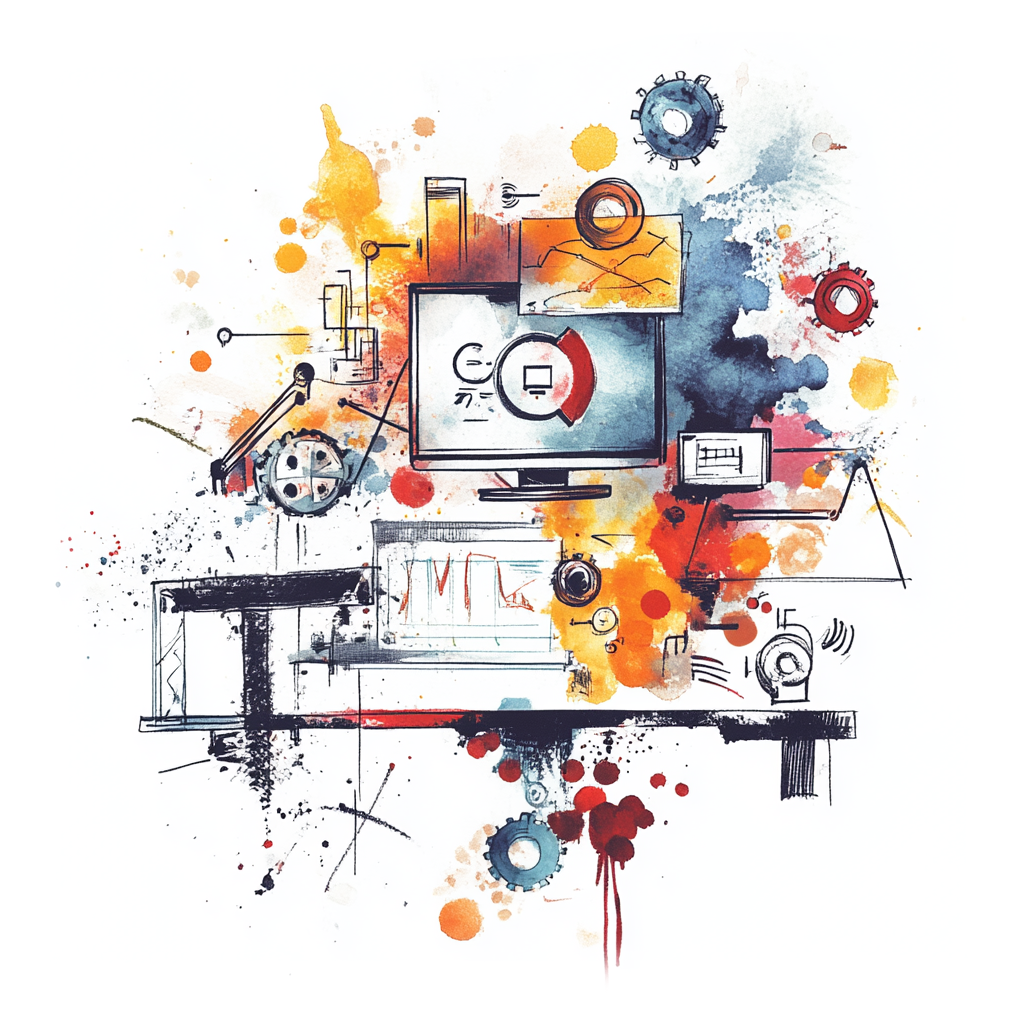Leveraging Self-Owned AI in Aviation
Learn how Aviation companies can leverage self-owned AI to enhance their operations and drive innovation.

Elevate Your Aviation Operations with Your Own AI
In the world of aviation, where split-second decisions can mean the difference between seamless operations and catastrophic failures, having the right tools at your disposal is crucial. Enter your very own AI—the kind of advanced technology that can transform not just how you operate, but how you think about operational efficiency altogether.
Let’s take a closer look at how upstream operators in aviation can leverage this technology to soar to new heights.
Real-World Applications of Your Own AI in Aviation
-
Predictive Maintenance: Picture this: an aircraft is grounded because of a technical snag that could’ve been predicted weeks in advance. With your own AI, you could harness vast amounts of data from various sensors to predict when parts are likely to fail. This not only reduces downtime but also saves significant maintenance costs.
-
Flight Planning Optimization: Navigating through airspace is like solving a complex chess game. Your own AI can analyze weather data, air traffic patterns, and other variables to optimize flight paths in real-time, ensuring that planes are routed efficiently, saving fuel, and reducing environmental impact.
-
Enhanced Customer Service: Think about customer inquiries—whether it’s about flight schedules, baggage tracking, or last-minute issues. Your own AI can manage these interactions seamlessly, providing customers with instant responses and freeing up your human resources for more complex queries.
-
Regulatory Compliance: The aviation industry is heavily regulated. Keeping up with compliance requires sifting through tons of documents. With your own AI, you can automate the monitoring of regulatory changes and even help prepare necessary reports and documentation without getting buried in paperwork.
-
Training and Simulation: Imagine your training programs being enhanced by AI. Utilizing virtual environments, your own AI can create realistic simulations for crew training, adapting scenarios based on a trainee’s performance and helping them prepare for real-world challenges.
The Perks of Having Your Own AI
Now, you might be wondering why go through the trouble of setting up your own AI? Well, think of the benefits:
-
Customization: This is your AI, built specifically for your needs. Unlike generic solutions, it learns from your data and refines itself to better serve your operations.
-
Data Sovereignty: By keeping everything in-house, you ensure control over your sensitive information. Your data stays in your hands—no more worrying about who has access to your operations data.
-
Cost Efficiency: While there’s an upfront investment, self-hosted solutions can save money in the long run. You’re reducing the need for expensive subscriptions and limiting reliance on external vendors.
-
Rapid Adaptation: As your needs evolve, so can your AI. Custom integrations and updates can be implemented with agility, fully aligning the AI’s capabilities with your strategic goals.
Steps to Set Up Your Own AI
So how do you get started on this journey? Here’s a simple roadmap to guide you:
-
Assess Your Needs: Identify what challenges you'd like to address with your own AI. Is it maintenance, customer service, or another area? Knowing where to focus will streamline the entire process.
-
Gather Data: AI thrives on data, so start collecting relevant information. Over time, ensure that you’re storing data in a manner that can be easily analyzed.
-
Choose Your Infrastructure: Determine how and where you want to host your AI. Cloud solutions offer flexibility, while on-premises options provide greater control. Choose what fits your organization best.
-
Select the Right Tools: There are various platforms and frameworks available for AI development. Assess your team's skills and choose tools that make sense for your capability and goal.
-
Build the Model: This is where the magic happens. Your team (or external experts, if needed) will begin to develop the AI model using the data gathered. This phase might require some iterations, so patience is key.
-
Test and Optimize: Before rolling out, put your AI through its paces. Test it under different conditions to ensure it performs as expected. Feedback from users is invaluable during this phase.
-
Continuous Learning: Launching your AI is not the end; it’s just the beginning. Continuously feed it new data and ensure that it evolves as your business landscape changes.
Conclusion
Your own AI can be a game changer for upstream operators in the aviation industry. From predictive maintenance to enhanced customer service, the possibilities are vast. With a clear path outlined, the challenge lies not in the technology itself, but in your willingness to embrace it.
So why not take that leap? The sky’s the limit. 🚀
